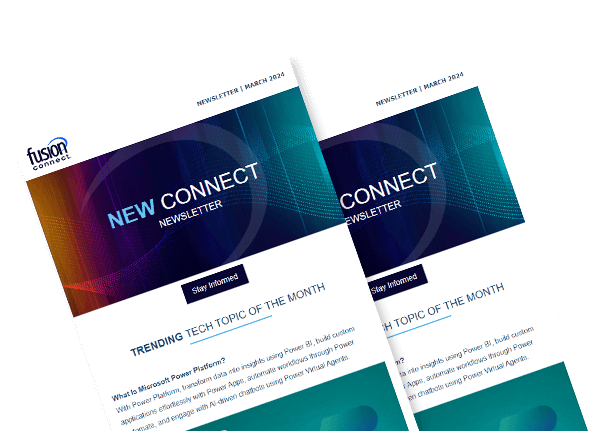Maximizing Your Cloud Computing Investment (Part 1)
Posted on March 27, 2013 by Fusion Connect
There are too many advantages of moving to the cloud to ignore. The cloud boosts efficiency and agility, while reducing the total cost of ownership of technology. It also frees up internal IT staff to focus on innovation and business-benefiting strategies, as opposed to being sidetracked every time a server goes down, or some other kind of support distraction comes up. In earlier blogs, we discussed how customers are overcoming reservations about the cloud.
Today, we can see that early hesitation is giving way to mass adoption: The cloud computing marketplace will reach $16.7 billion in revenue by 2013, according to projections from 451 Market Monitor, a market-sizing and forecasting service from The 451 Group. Furthermore, four of every five new commercial enterprise applications are being deployed on cloud platforms, according to IDC.
The Takeaway: the cloud has fully emerged as mainstream. It’s a “given” investment for businesses if they want to maintain a competitive edge.
But what are they getting for that investment?
If they’re going to the “usual suspects” of public cloud providers, they’re not maximizing their application performance potential. That’s because the mass-market cloud providers take a commoditized approach, supporting customers with cheap servers and hardware. For applications such as active directories, this may be sufficient. Those applications are fairly static collections of names and passwords. But you’re likely turning to the cloud for more than that. You want to get apps out there that will drive your company to new levels of success, like high-powered Business Process Management (BPM) or Customer Relationship Management (CRM) solutions.
The commodity approach to the cloud does BPM, CRM and similar applications a disservice. In fact, Gartner came out with a report last year about one of the high-profile public cloud options, titled “What Managers need to Know about Amazon EC2”. While the report noted that EC2 is an automated, highly scalable “excellent match” for certain self-managed Infrastructure as a Service (IaaS) requirements, there are definitely challenges. “Amazon EC2 alleviates hardware-provisioning challenges, but it does not eliminate most other IT operational tasks or concerns,” the report stated.
It went on to describe how storage and local-area network resources are shared between all customers, which can lead to “noisy neighbor” problems as businesses contend for the same “stuff.” If you want the Amazon version of a dedicated server, there are no guarantees that you’ll get it, or that it will solve the neighbor issues – and it will cost you a surcharge of roughly 20 percent, Gartner reports. If you need support, you’re stuck with only a “community” (forum-based) model unless – you guessed it – you pay more for a premium version so you can call or email someone at Amazon. There are many more key points that the Gartner report examines in a very in-depth, insightful manner. I’d recommend purchasing it if you are serious about buying into a commoditized cloud platform.
So are there better options out there? Yes, there are. In an upcoming blog, we’ll be happy to tell you more about them.
Question of the Week: What concerns do you have about commoditized public cloud platforms?


